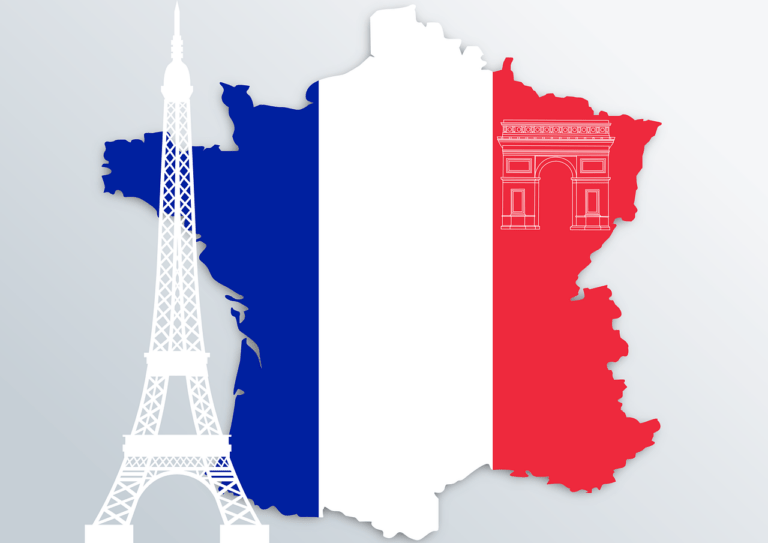Rumba music and dance

Rumba: Congolese music from Africa to Africa
The Democratic Republic of Congo or DRC or Congo Kinshasa, and the Republic of Congo also known as Congo Brazzaville are two countries that are always mentioned when African dance and music are being discussed. Rumba, popular in both countries, has an interesting history anchored in the trans-Atlantic slave trade, the mercantile activities that took place on the Atlantic after slave trade, and also in the realities of independent African societies.
African origins of Cuban music
It is impossible to speak about Cuban music without referring to the chattel slavery that transplanted Africans to the Americas. Slavery started earlier in Cuba than other parts of the world like the USA, and it also ended much later after slavery was officially abolished. The enslaved Africans taken to Cuba came from different parts of Africa and that meant that different ethnic groups and cultures found themselves in a foreign land. Most of the slaves in Cuba were from the following areas or cultures: the largest number from the Congo Basin. They were called Congos and their religion was Palo, and African diasporic religion which is the syncretism of traditional Congo religion, the Roman Catholic Christianity, and spiritism, a religious and philosophical doctrine founded in France in the 1850s. The second largest group was the Yoruba from today’s Nigeria. Santeria was the syncretic version of their religion. The Kalabars were taken from south east Nigeria and part of Cameroon, all from the Bight of Biafra and their religious organization was Abakua. The Dahomey came from today’s Benin, and they were the Fon and practiced a religion that emphasized sacrifice of blood. Vodu was also a religious practice in that context. These different peoples kept their culture, practices and traditions through self-organized social clubs called the cabildos, which enabled the preservation of African tradition and culture, even after the abolition of slavery in 1886. The musical traditions of all these groups survived and involved instruments, languages, chants, and dances; music and religion were therefore closely linked.
Cuba was the only country where religious ceremonies were conducted in African languages and the common denominator in the music of these African groups was the unity of polyrhythmic percussion, voice (call-and-response), dance in well-defined social settings, and the absence of melodic instruments of an Arabic or European kind.
Returning home: From Cuba to Africa
Rumba is a secular Cuban music which involves dance, percussion and song; it is based on African music and dance traditions and Spanish-based coros declave (popular choral groups that emerged at the end of the nineteenth century in Havana and other Cuban cities). Rumba originated in the northern regions of Cuba in the nineteenth century and in its early days, it was performed by poor workers of African descent in the streets and courtyards. It had three main components: vocal improvisation, elaborate dancing and polyrhythmic drumming. Wooden boxes were used as drums and were ultimately replaced by conga drums. The music was first recorded in the 1940s.
Many speculations surround the origin of the name Rumba and one of them links it to West African or Bantu languages. Rumba gradually found its way out of Cuba in the 1930s. Cuban seamen were bringing to the Krumen (African populations on the coast) EMI record discs during the trips and exchanges were made between Caribbeans and Africans in West Africa. The music penetrated the geographical space along the Congo River, to cities like Leopoldville in today’s DRC and Brazzaville. That area was fertile for the diffusion of rumba because music was not the preserve of a social group like the griots in West Africa. The 78 rpm GV recordings that contained about 250 songs are the starting point. The Greek traders imported Rumba into those two countries, and it was played on gramophones. Other businessmen turned part of their shops into recording studios.
The Africanization of Rumba started when Nico Jeronimis founded the Ngoma record label and in 1948, the first Congolese Rumba production and international hit, Marie Louise was “born”. Lingala and other Congolese languages quickly replaced the Spanish and French words in Cuban Rumba and the songs of 1940-1950 were classified as traditional Rumba. The golden age of Rumba is when those two countries became independent from colonial rule, from 1960s onwards. Famous bands asserted themselves: TP OK Jazz, musicians like Franco, Tabu Ley Rochereau rocked Africa and beyond. From 1960 to 1970, Rumba was the best expression of rhe African identity. Luambo Makiadi gave his personal mark to the music and made it totally Congolese, with his style of guitar playing and that tradition continued with artists like Papa Wemba.
New or Contemporary trends
Rumba gradually produced two varieties: Soukous and Ndombolo, which are popular among the youth due to their jerky rhythm and the combination of Western and local instruments. Artists like Yondo Sister, and bands like Zaiko Langa Langa, Empire Bakuba and Quartier Latin epitomize the new face of rumba and names behind these new forms or “products” of Rumba emerge at a dizzying speed. Papa Wemba, popularly called the King of Rumba, Koffi Olomide (the King of Tchatcho), General Defao, Tshala Muana, etc. The latter is well known for her songs and outstanding dance. She is her own producer and promotes young talents. She is also an important political figure in DRC. That country has all the natural and mineral resources one can think of. The soil is extremely fertile, but the country is poor and war-torn. The majority of the population live in the cities, lusting after good music, parties, drinks, à la mode cars, extravagant and flamboyant clothes, but live hand to mouth, while the vast lands lie dormant in rural areas. The country imports almost everything; the avant-gardist role that Rumba used to play has disappeared. The famous Burkinabè investigative journalist Norbert Zongo said, laments the fate of the DRC: “while the Congolese artists were busy sing their love and romantic adventures, Mobutu looted all of the coffers of the country”. Art has to be the companion of the activist. There is no room for “art for art’s sake” in Africa today.
Moussa Traoré is Associate Professor at the Department of English of the University of Cape Coast, Ghana.






